Aquatic-Invasive-Species-Report-3-28-2023
Do you have any thoughts on this post?
One of the most impressive things about TRCP’s work with 63 organizational partners is that it allows us to bring together the best minds in conservation to influence specific hunting and fishing legislation—and the Farm Bill is one of the most impactful examples.
Farm Bill conservation programs, administered by the U.S. Department of Agriculture, conserve and restore fish and wildlife habitat, expand hunting access, and build resilient farms and ranches. The Farm Bill is also the single-largest source of private lands conservation funding, providing roughly $6 billion annually through voluntary, incentive-based programs that benefit landowners, wildlife, and outdoor recreation.
The 2018 Farm Bill is set to expire on September 30, 2023, and Congress is currently developing its next five-year bill. To make sure your voice is heard during the 2023 Farm Bill debate, the 27 member organizations of TRCP’s Agriculture and Wildlife Working Group created a roadmap to improving the Farm Bill’s most important programs, and we’re sharing it with decision-makers right now.
Here’s what you need to know about this list of top priorities, how it was made, and what benefits hunters and anglers can expect if our recommendations are included in a final bill.
Going into a Farm Bill debate, it is critical to have our community pulling in the same direction. This platform was carefully built to reflect the priorities of a huge swath of the hunting, fishing, and conservation community. Because the House and Senate Agriculture Committees are now soliciting input on the next Farm Bill, the TRCP was able to raise these priorities during a recent listening session hosted by the House committee chair, Rep. Glenn “GT” Thompson (R-Pa.)
We look forward to the Senate Committee’s first hearing on the conservation title on March 1, when we can do the same thing for decision-makers in that chamber. Having the hunt-fish community clearly aligned on our priorities ahead of this hearing strengthens our voice.
Each of the Agriculture and Wildlife Working Group’s member organizations brings expertise on some subset of the Farm Bill, whether it’s the particulars of forest management for wild turkeys, wetland easements to protect waterfowl habitat, or agricultural practices that improve water quality for trout. In this platform, every recommendation has been proposed and justified by an AWWG member and vetted by the group. For example, if an AWWG member proposes a change to CRP to benefit pheasants, the rest of the group reviews that change to make sure that it doesn’t have unexpected downsides to species like deer or ducks. Every recommendation on the list has made it through this process—which takes multiple meetings over many months—meaning it has been vetted by some of the best conservation minds in the country.
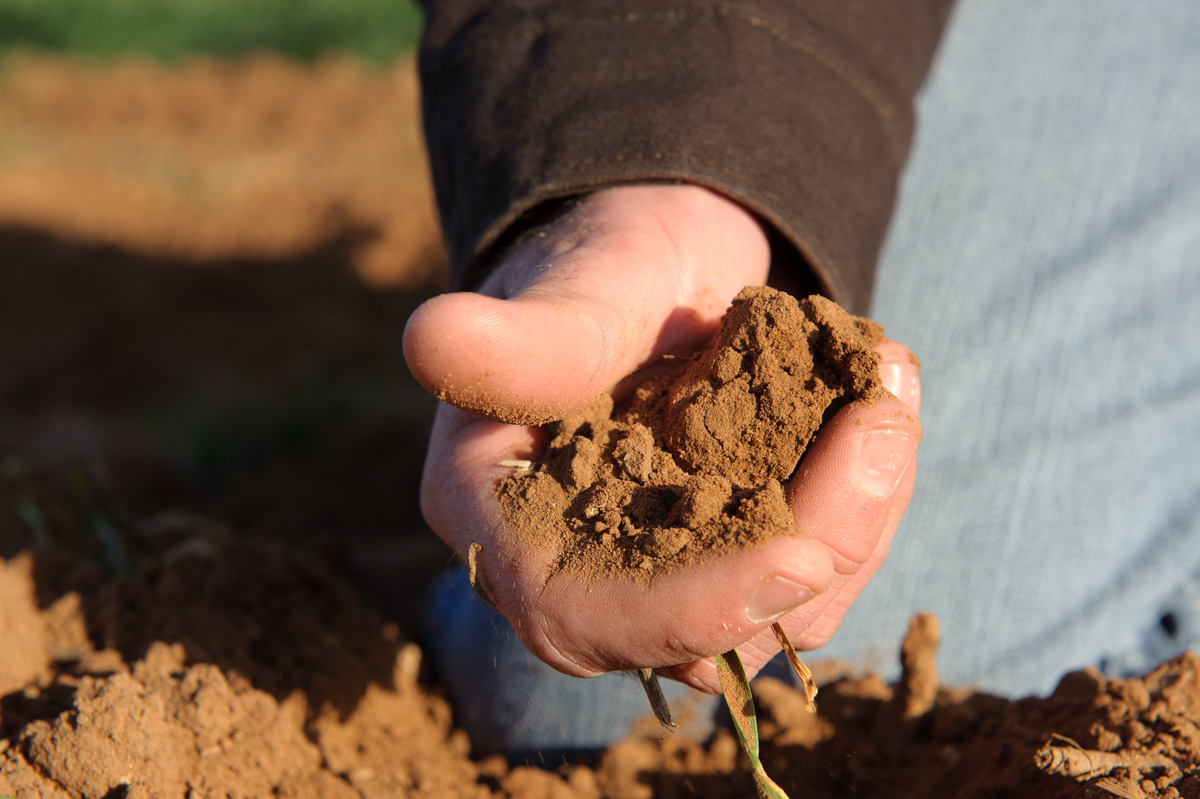
Every item in this platform would benefit hunters and anglers. If adopted, these provisions would help:
There’s plenty to like in there. Here are just some of the overarching recommendations that would help to get these things done.
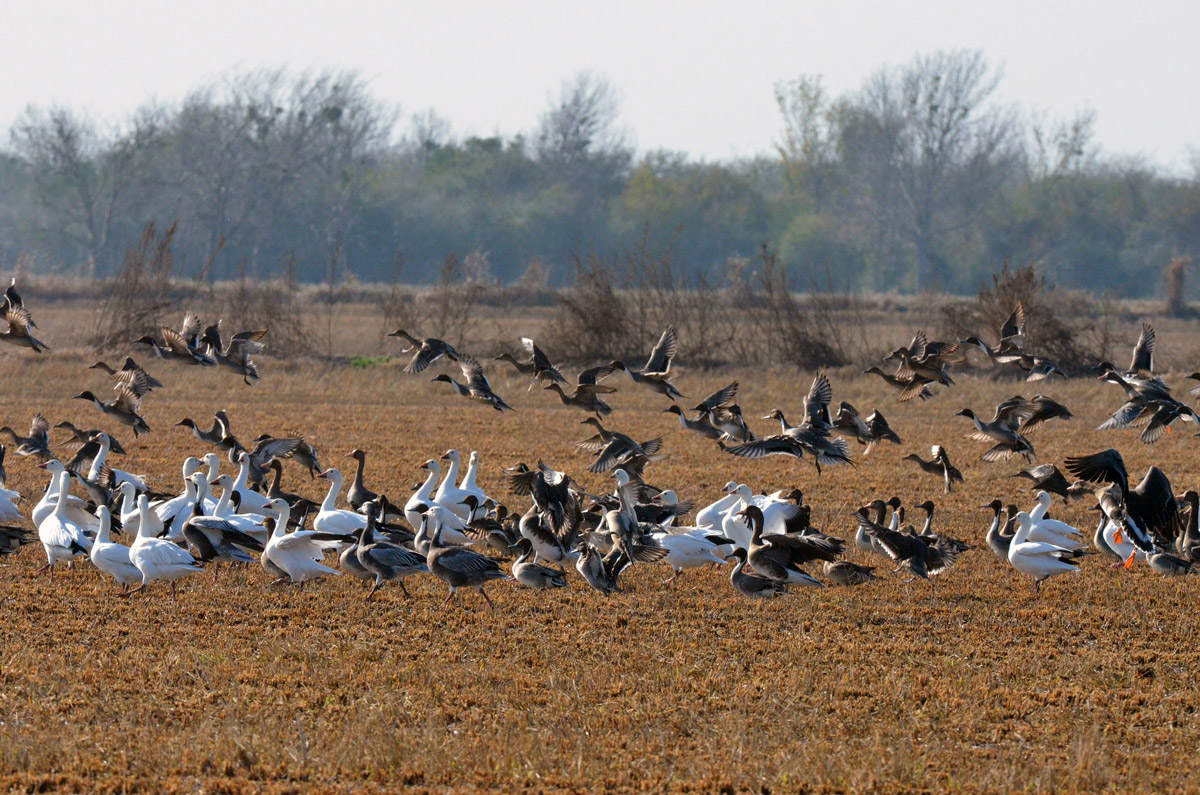
Title II, or the Conservation Title, of the Farm Bill is where a huge chunk of wildlife-related work gets done. Even though these programs have great ecological outcomes, massive landowner demand, and are strictly voluntary, they can be targeted for cuts when lawmakers want to tighten budgets. If we’re not careful, debates can also break out over the allocation of funding between the various conservation programs. This is particularly important in this farm bill because recently passed legislation has given many of our favorite programs more funding than they have ever seen. Fortunately, the hunting and fishing community remains broadly united in support of maintaining Farm Bill conservation program funding. Sportsmen and sportswomen pushed for these conservation wins for years, and we must stay the course.

In recent Farm Bills, incentives to enroll land in the Conservation Reserve Program have been reduced or eliminated altogether. These cuts, coupled with high crop prices, have led to reduced landowner interest and low CRP enrollment, resulting in a loss of wildlife habitat. Our community is aligned on restoring incentives and building commonsense management flexibility into CRP, which would put it on a trajectory back toward historical acreage levels – which means more pheasant, quail, and waterfowl habitat . One bill that would do this, supported by the TRCP, is the CRP Improvement Act from Senators Thune and Klobuchar.
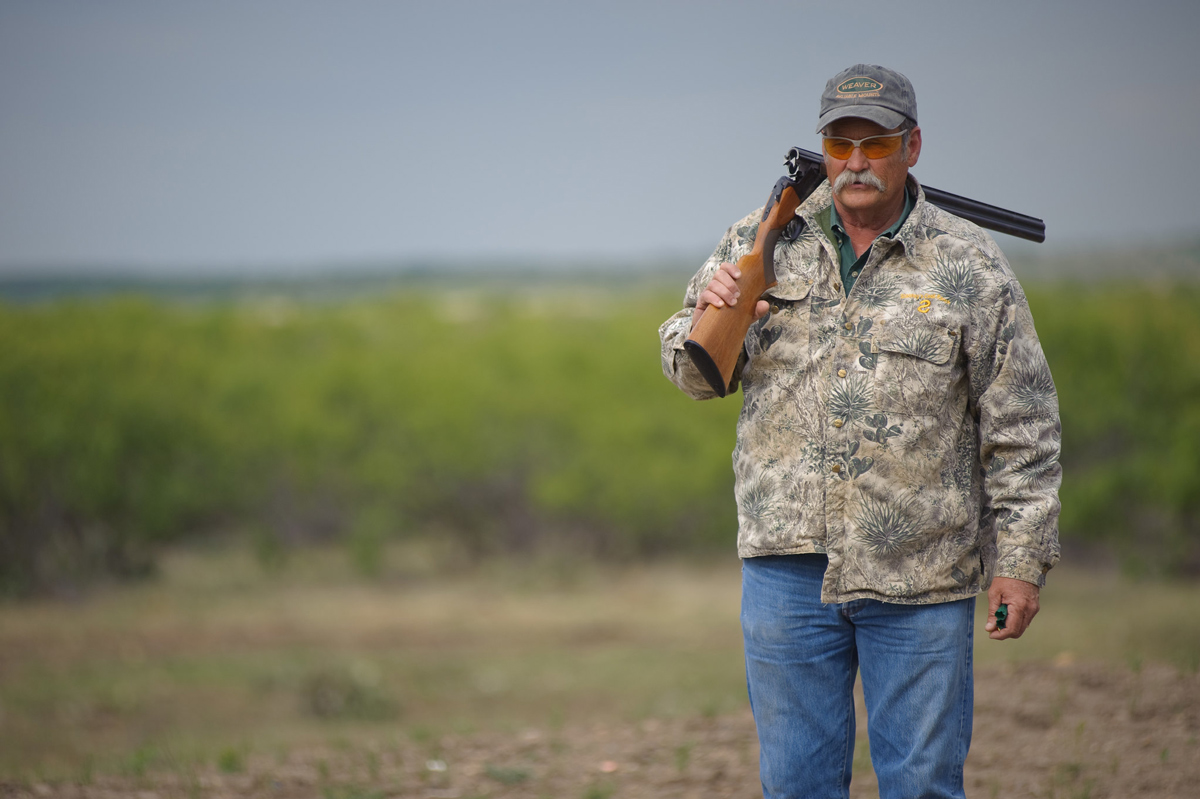
There is no other Farm Bill program that affects hunters and anglers more directly than the Voluntary Public Access and Habitat Incentive Program, which assists states who provide incentives to landowners for walk-in access to hunting, fishing, and other outdoor recreation on their lands. Current funding levels are far from meeting demand , and economic analyses of the programs show a huge return on investment while expanding hunting opportunities. To meet state demand for this program, we’re recommending the VPA-HIP be funded at no less than $150 million, tripling the current level of support for this program.
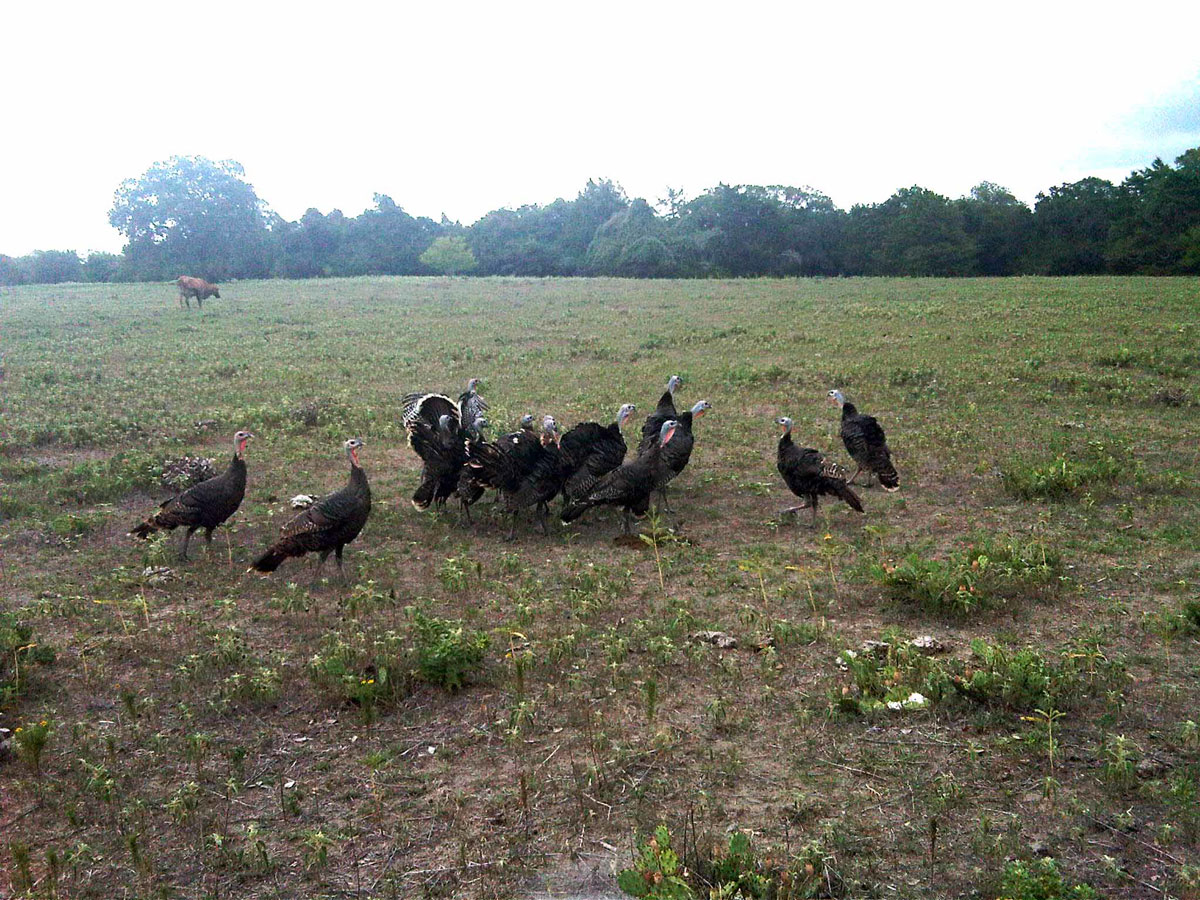
We’ve also proposed that lawmakers maintain an important requirement of the Environmental Quality Incentives Program (EQIP) that carves out at least 10 percent of program funding for wildlife habitat practices. EQIP provides planning assistance and cost share to landowners who want to be better stewards of their farms, ranches, and forests. The Natural Resources Conservation Service reserves a certain percentage of the funds it receives for livestock producers, new farmers and ranchers, and wildlife. We need to make sure that wildlife continues to receive its fair share and that these dollars produce measurable benefits.
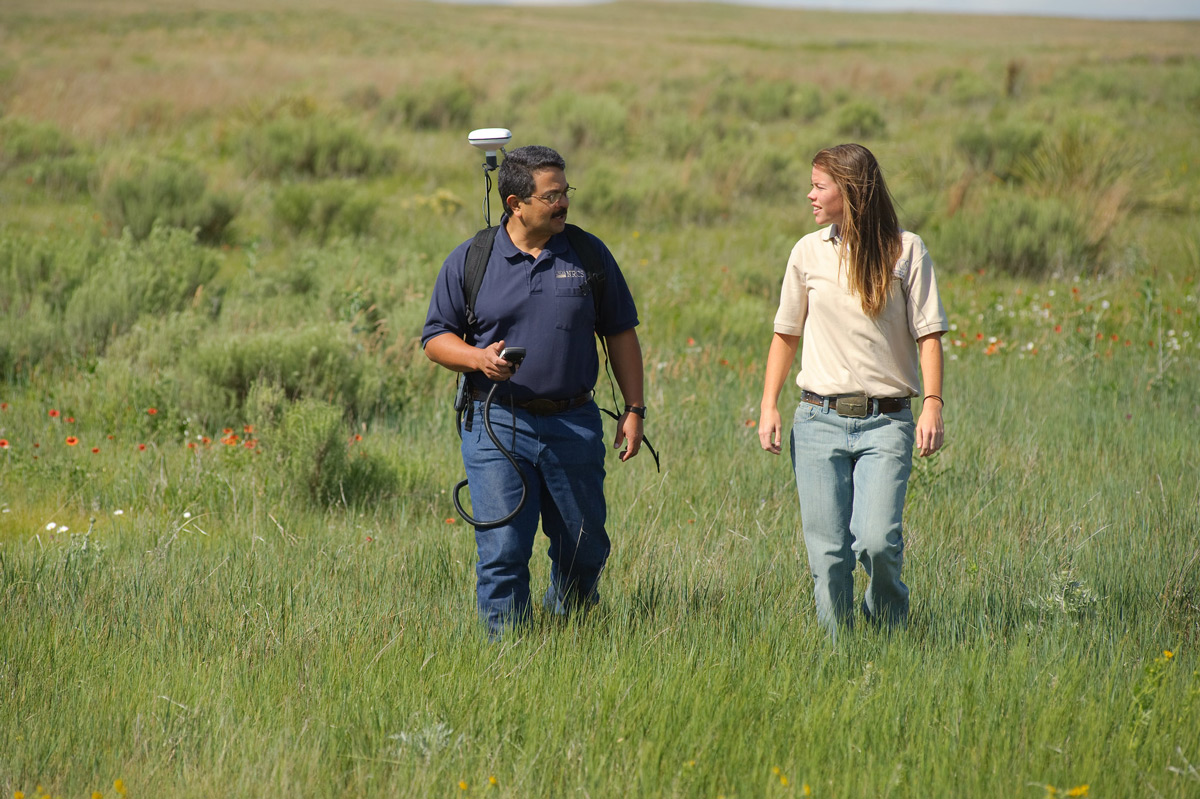
None of these programs can get habitat on the ground without staff to meet with landowners, evaluate conservation opportunities, create a conservation plan, and enroll them in programs to fit that plan. The USDA is doing more work with fewer staff than at any other time in history. The 2023 Farm Bill needs to help the USDA staff up internally and simplify processes for partnerships with local governments and nonprofit organizations with shared conservation goals.
The Farm Bill is the largest conservation legislation that will come before the 118th Congress, and it’s critical that hunters and anglers are at the table to ensure that habitat and wildlife remain central to sensible farm policy in the United States. If you support and want to share this platform with your elected officials, take action now.
Learn more about Farm Bill conservation programs and how they affect you at trcp.org/farmbill.
In late December 2022, in recognition of the growing threat posed by the continued spread of chronic wasting disease among America’s deer herds, Congress took its biggest action yet in passing the CWD Research and Management Act.
The bill authorizes up to $70 million annually for state-level surveillance work and creates a first-of-its-kind funding stream for research into environmental spread, live-animal testing, improved testing sensitivity, and enhanced best practices. Now sportsmen and sportswomen are entering the next chapter in the effort to control CWD.
Here are the priorities.
Passage of the CWD Research and Management Act was a significant bipartisan victory cheered on by deer hunting groups and cervid industry associations alike. Now, this unlikely coalition needs to work together to ensure that Congress provides the authorized funding in the Fiscal Year 2024 federal budget.
Through the U.S. Department of Agriculture, Congress currently provides roughly $10 million annually to state and tribal agencies for CWD management. The funding is used for a range of services, including hunter outreach, partnership programs with meat processors and taxidermists, creation of disposal sites, and more.
Unfortunately, the funding falls far short of the growing need, and each deer season state agencies are forced to divert resources from other species and programs to carry out CWD suppression. A recent examination of 32 state fish & game agencies found that on average, states spend over half a million dollars each year, with some like Texas spending over $2 million.
Sportsmen and sportswomen will need to encourage House and Senate appropriators, as well as the White House, to fund the enacted legislation at the highest amount practicable in the coming year, grow the surveillance network on the landscape, and relieve some of the downward pressure felt by those tasked with managing the disease.
As state legislative sessionscontinue around the country, hunters should remain aware of and willing to support or challenge proposed changes to CWD management in the state.
In recent years, for example, the Minnesota State Legislature has voted on moratoriums on new captive cervid facilities and increased testing requirements on cervid operations. State lawmakers also proposed transferring the management of captive deer from the state Board of Animal Health to the Department of Natural Resources, who manage wildlife in the state. While these changes weren’t enacted, they will likely be debated more in the coming years.
On the other hand, as recently as November of last year, CWD management zones were coming under arbitrary challenge, even after deer seasons had begun. In one such example in Mississippi, the state commission voted to remove a county from a management zone not long after a CWD-positive deer had turned up no more than a mile from the county line. This and other efforts to limit tagging requirements and expedite the transfer of deer continue to arise in states with influential captive industries.
For the latest info on CWD news in your state, check out www.cwd-info.org.
Federally, deer hunters eagerly await completion of efforts mandated by recent legislation.
First, 2020’s America’s Conservation Enhancement Act authorized joint research between the USDA, U.S. Geological Survey, and National Academies of Science into predominant transmission pathways for the disease—this study must be done to inform next steps. The bill also authorized an interagency task force to implement the study’s recommendations and develop an interstate plan for CWD suppression. Ensuring that this work moves forward at pace is critical to addressing the worsening status quo and will be a focus of deer hunters in the coming years.
The more recently enacted CWD Research and Management Act also includes a directive for the USDA to evaluate improvements to the federal standards that accredit cervid operators as “low-risk” for CWD. While this will be a heavy task, the TRCP and National Deer Association found strong public support for additional oversight of the captive cervid industry in polling last fall. Overall, more than 90 percent of hunters and nonhunters supported greater certification standards at the USDA and stricter limitations on the movement of live deer.
The hunting community’s work doesn’t end there. Later this year, the TRCP will bring together several wild cervid organizations, as well as corporate partners with a direct stake in the future of deer hunting in North America to unify our respective efforts around a long-term strategy for CWD suppression. Our deer hunting organizations need to better define where we hope to be in our fight to suppress CWD in the years ahead, in terms of detections, state and federal management policies, funding, and hunter and non-hunter education. Fortunately, recent funding and policy successes have created a formidable and energized coalition of organizations ready for the task.
This week, Agriculture Secretary Tom Vilsack announced how his department would be rolling out $850 million in new conservation funding, the first round of investments made possible by last year’s Inflation Reduction Act. The TRCP applauds this move to help fund oversubscribed private land conservation programs at the Natural Resources Conservation Service that benefit fish, wildlife, habitat connectivity, and hunting and fishing opportunities in rural America.
The once-in-a-generation influx of conservation spending will support a diverse range of voluntary activities, such as planting filter strips and grassed waterways, improving grazing management, and restoring wetlands. These practices are being prioritized for their carbon sequestration and greenhouse gas reduction benefits, in addition to co-benefits of wildlife habitat and water quality improvements.
“Investing in working lands conservation has huge potential to benefit hunters and anglers,” says Aaron Field, director of private lands conservation for the Theodore Roosevelt Conservation Partnership. “The TRCP looks forward to working with the NRCS to ensure that fish and wildlife see dividends from climate-smart practices and that staff across the country have the tools and flexibility they need to get conservation on the ground.”
The U.S. Department of Agriculture also unveiled a Western Water and Working Lands Framework for Conservation Action—a comprehensive, multi-state strategy under the NRCS to address key water and land management needs. This includes supporting conservation practices that protect groundwater and surface availability and enhancing resilience to drought and other natural hazards. The USDA will also provide an additional $25 million in funding to support investments in more resilient water infrastructure in partnership with the Bureau of Reclamation.
“Today’s announcement of a Western water framework is a positive first step by the USDA to develop a strategic roadmap for assisting the region’s farmers and ranchers in responding to drought and other natural hazards,” says Alexander Funk, director of water resources and senior counsel for the Theodore Roosevelt Conservation Partnership. “We look forward to working with the department to direct necessary resources toward helping producers become more resilient to drought and other water resource challenges, maximizing co-benefits for fish and wildlife, and demonstrating the value of nature-based solutions to climate change, such as restoring wetland and riparian ecosystems.”
Many of these investments into the future of our watersheds will also help enhance fish and wildlife habitat. For example, modernizing irrigation infrastructure to improve water availability can help keep more water in streams and rivers during critical summer months, while minimizing other climate change impacts, such as warmer stream temperatures that have recently contributed to fishing closures on popular Western rivers. Farmers and ranchers also benefit from these infrastructure improvements through reduced labor and maintenance costs.
Photo shows micro-irrigation being installed on a drought-stressed pecan tree farm. Image by J.M. Villarreal/USDA. More details on flickr.
As debate heats up in Congress, the Theodore Roosevelt Conservation Partnership has announced its “Hunter and Angler Priorities for the 2023 Farm Bill,” developed over months of consensus-building discussions with the 26 organizational members of the TRCP’s Agriculture and Wildlife Working Group.
These priorities will serve as a rallying point for the community of hunters, anglers, and conservationists whose outdoor experiences depend on the policies and funding provided through the five-year Farm Bill. The platform has already been shared with Senate and House leadership and ranking members of the agriculture committees in both chambers.
“The recommendations generated by this diverse coalition should be a roadmap for how to design a conservation title that will boost rural communities, wildlife habitat, outdoor recreation access, and landscape resilience,” says Whit Fosburgh, president and CEO of the Theodore Roosevelt Conservation Partnership. “Hunters and anglers have long recognized the need to work with our nation’s farmers, ranchers, and foresters to ensure productive habitat and clean water. And we must be united in our messages to lawmakers early on in these debates to secure adequate funding and policy tools that will support voluntary conservation of private lands, which are so essential to sportsmen and sportswomen nationwide. TRCP is honored to have been a convener for this community to build out our shared goals over the last four Farm Bills.”
This alignment will be critical as Congress debates ways to cut back on non-defense spending and the hunting, fishing, and conservation community braces to defend private land conservation funding secured by the Inflation Reduction Act.
“The Farm Bill, and its conservation title, specifically, is one of the most important and successful habitat conservation tools in existence,” says Nick Pinizzotto, president and CEO of the National Deer Association. “The habitat created and conserved by Farm Bill programs makes for incredibly productive deer habitat, and the NDA is proud to have collaborated with such a diverse group of conservationists to establish a strong 2023 Farm Bill priorities platform. Aligning goals and sharing ideas is valuable in ensuring that wildlife and lands receive as great a benefit as possible from this next Farm Bill.”
“The Farm Bill is not only the single largest federal investment for conservation on private lands in the nation, it gives farmers and ranchers the tools to support wildlife in their operations and across the landscape and is critical to state fish and wildlife agencies for conserving and improving millions of acres of habitat through voluntary efforts that can also provide opportunities for hunting and angling,” says Curt Melcher, director of the Oregon Department of Fish and Wildlife and president of the Association of Fish and Wildlife Agencies. “This new AWWG platform will strengthen the conservation voice and allow for great discussions and collaboration on how best to advocate for fish and wildlife in such a significant piece of legislation.”
View “Hunter and Angler Priorities for the 2023 Farm Bill” and the full roster of contributors here.
Learn more about the benefits of farm bill conservation programs here.
Theodore Roosevelt’s experiences hunting and fishing certainly fueled his passion for conservation, but it seems that a passion for coffee may have powered his mornings. In fact, Roosevelt’s son once said that his father’s coffee cup was “more in the nature of a bathtub.” TRCP has partnered with Afuera Coffee Co. to bring together his two loves: a strong morning brew and a dedication to conservation. With your purchase, you’ll not only enjoy waking up to the rich aroma of this bolder roast—you’ll be supporting the important work of preserving hunting and fishing opportunities for all.
$4 from each bag is donated to the TRCP, to help continue their efforts of safeguarding critical habitats, productive hunting grounds, and favorite fishing holes for future generations.
Learn More
